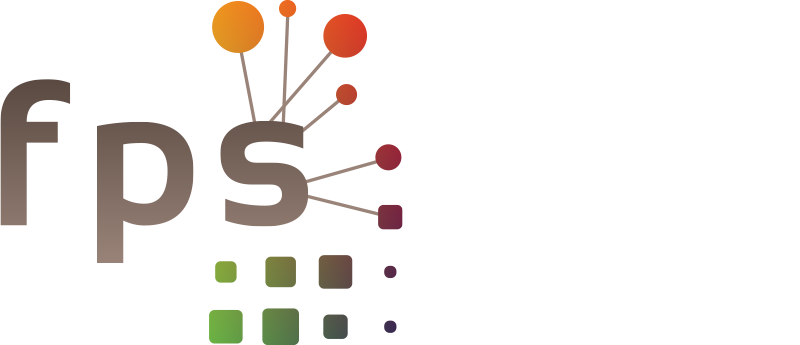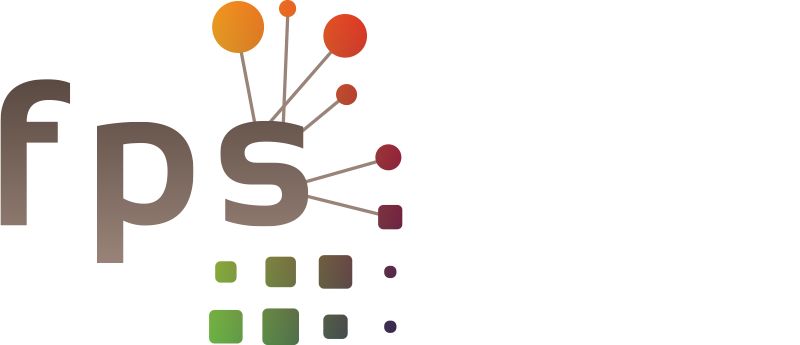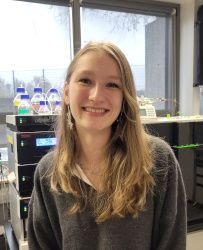
IPHC, UMR 7178, Université de Strasbourg, CNRS
Summer school presentation
I would first like to thank the French Proteomics Society for awarding me a grant that enabled me to attend the Brixen Proteomics Summer School. This summer school took place from July 27 to August 2, 2025, at the Kloster Neustift monastery in Brixen, South Tyrol. Participants had the opportunity to take part in a week of lectures and workshops covering various aspects of proteomics, as well as company presentations highlighting their latest technologies in separation techniques and mass spectrometry.
During the week, two poster sessions allowed participants to present their own research work. In addition, in a more informal setting, outdoor activities and evening events were organized to strengthen group cohesion.
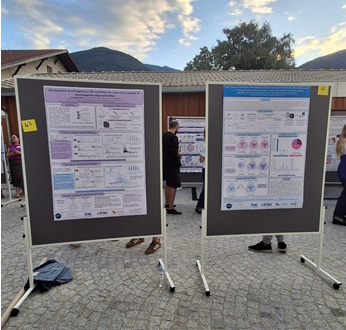 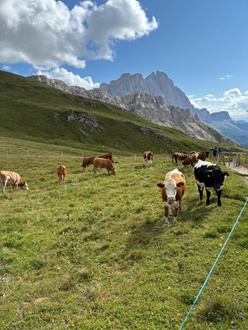 |
Opening lecture
The opening lecture titled "Decoding the protein dance from harmony to havoc" was presented by Paola Picotti. She introduced Limited Proteolysis coupled to MS (LiP-MS), a structural MS technique developed by her team. This method is designed to study conformational changes in a protein, which can be induced by small molecule binding, aggregation, unfolding, protein-protein interactions, or post-translational modifications (PTMs). This technique employs an elegant and innovative workflow involving a short digestion with a non-specific protease (usually protease K) in the native state before the trypsin digestion in denaturing conditions. Subsequent LC-MS/MS analysis allows the generation of a protein "barcode". Conformational changes induces changes in this "barcode" and can thus be revealed by LiP-MS. Dr Picotti also presented various applications of this method, illustrating it with concrete cases such as drug target identification and mapping of metabolite-protein interaction. LiP-MS can also be used to discover structural biomarkers, e.g. proteins that undergo structural changes in neurodegenerative diseases such as Parkinson’s. She also discussed the importance of other structural techniques such as surface modification and cross-linking combined with LiP-MS in answering various biological questions.
Advanced lectures
Kelly Stecker discussed "Sample preparation" where she detailed the different steps, including sample homogenization, protein extraction, digestion, reduction, alkylation and desalting step. She presented the different techniques used at each step and discussed how sample preparation can go wrong.
"Chromatography Fundamentals for Proteomics Analysis" was presented by Jarrod Sandow. He discussed the use of liquid chromatography (LC) and particularly reverse phase LC in proteomics. He also talked about the efficiency of a column and defined the Van Deemter equation.
An "Introduction to (Biological) Mass Spectrometry" was given by Dominic Helm. He explained how the electrospray ionization source works and made a review of the different mass analyzers and fragmentation modes. Dr Helm also discussed ion mobility and gave several examples of ion mobility devices (FAIMS, TIMS/PASEF and cyclic TWIMS).
Mathias Wilhelm presented a lecture about "Next Generation Protein Identification". He first explained how a database search engine works. Then, he continued on false discovery rate (FDR) estimation, including the target decoy search strategy, and the way it improves the result’s confidence.
The lecture titled "Peptide and protein quantification in Proteomics" was given by Bernhard Kuster. He talked about the limitation of the relative quantification and the different techniques (label-free VS label-based). He then elaborated on the different acquisition modes such as data dependent acquisition (DDA), data independent acquisition (DIA) and parallel reaction monitoring (PRM) that are used to perform protein quantification.
Bernd Bodenmiller presented "Highly multiplexed imaging in the omics era: understanding tissue structures in health and disease". He introduced us about Imaging Mass Cytometry (IMC) with a mass spectrometer equipped with an Inductively Coupled Plasma (ICP) source and a CyTOF mass analyzer. He illustrated the method using the example of cancer cells.
A lecture about "Analysis of Post-Translational modifications" was given by Ana Martinez. She explained how PTMs induce mass shifts on the MS and MS/MS spectra. For the sample preparation of protein carrying PTMs, an additional enrichment step is needed. Dr Martinez also expanded the lecture on the limitations and advantages of the use of DIA for PTMs analysis.
"From annotating gene function to predict phenotypes in environments" was presented by Markus Rasler. He aimed to define protein function, recognizing that the proteome responds to changes in essential metal ions concentration-an effect that seems to originate in cellular metabolism.
Tiziana Bonaldi presented a lecture titled "Exploring Chromatin and Epigenetics through Mass Spectrometry-based Proteomics". She talked about PTMs of histones (hPTMs) that regulate plasticity of chromatin. She explained the different quantification strategies (label-free or SILAC) for studying hPTMs and how Middle and Top down are the most adapted for hPTMs analysis.
A lecture about "Spatial tissue proteomics across scales and diseases" was given by Fabian Coscia. Spatial tissue proteomics is used to investigate cell identity, cell state and cell-cell interaction. To study the spatially resolved proteome, both anti-body-based method and LC-MS can be used to uncover disease mechanisms, novel drug targets and predictive biomarkers. Additionally, a MALDI source can also be employed for this type of analysis.
Company presentations
Throughout the week, six company presentations took place, along with one sponsored poster presentation.
Jo Kirkpatrick from the Thermo Company presented the "Science behind the Astral analyzer Zoom and ETD in Orbitrap Excedion Pro". Dilan Ardik of Evosep also gave a talk on "Standardized and fully automated end-to-end workflows for high-throughput and robust LC-MS based proteomics". The sponsor poster was presented by Olivier Poetz from SIGNATOPE with the following topic: "Detecting drug-induced organ injury by Protein Safety Biomarker". After presenting an advanced lecture, Jarrod Sandow gave a second presentation for his company ionOpticks titled "Accurate and comprehensive proteome analysis by LCMS". Daniel Zolg presented "Spectrum-centric deconvolution of mass spectra: An accessible, unifying search algorithm for bottom-up proteomics" on behalf of his company MSAID. Biognosys Company was represented by Christopher Below who gave a presentation titled "A comprehensive overview over the shades of timsTOF PASEF acquisition and their efficient usage in modern proteomics". The last company talk was presented by Barbara Schnitzer from Omicscouts about "The Protein turnover atlas: a comprehensive resource for drug development".
Workshops
During the week, three workshop sessions were organized, covering nine different topics:
- Sample Preparation - Get your hands dirty with bad data
- Peptide and protein identification
- directDIA for robust protein quantification
- Maximizing performance and consistency - good habits to monitor and QC your LC-MS setup
- Data Quality – Proteomics Beyond the Barchart
- Structural Proteomics
- Protein interaction techniques
- Post-Translational Modifications
- Community empowered deep visual proteomics
Closing lecture
The closing lecture was on "Deciphering protein-RNA and DNA interaction on the molecular level by cross-linking combined with mass spectrometry" by Henning Urlaub. The workflow of this technique includes the cross-linking reaction (UV-induced), a digestion and an enrichment step, the LC-MS/MS analysis and the data treatment. However, this was a brief introduction of the subject as he decided to replace it with a less serious lecture: "Brixen Proteomics Summer School Basics". Dr Urlaub is the founding father of this summer school and he chose to show us the summer school over the years. It was a nice way to end this very intense week.
My point of view after the summer school
I really enjoyed the Brixen Proteomics Summer School! It was my first time presenting a poster, and I am glad that many people gave me valuable advices. It was a great experience to have before starting a PhD, and I would highly recommend it to anyone beginning a research career in proteomics. I am truly grateful for everything I learned during the week and for all the amazing people I had the chance to meet.

